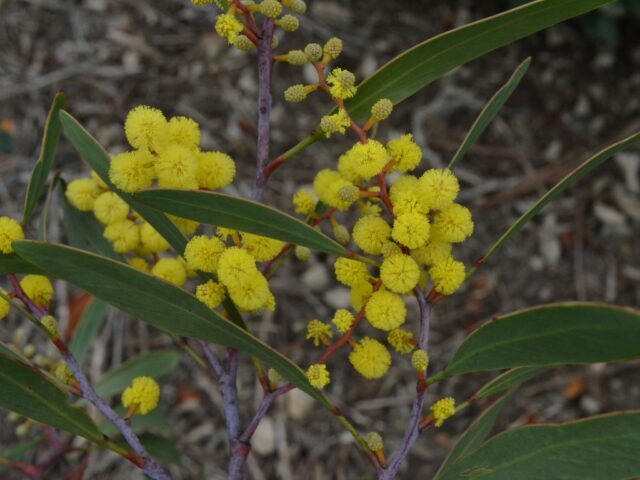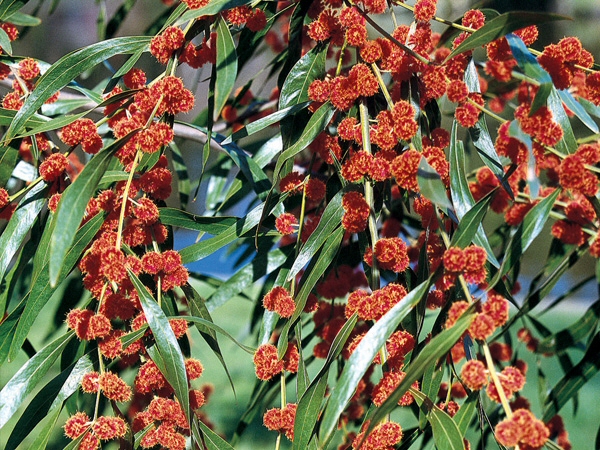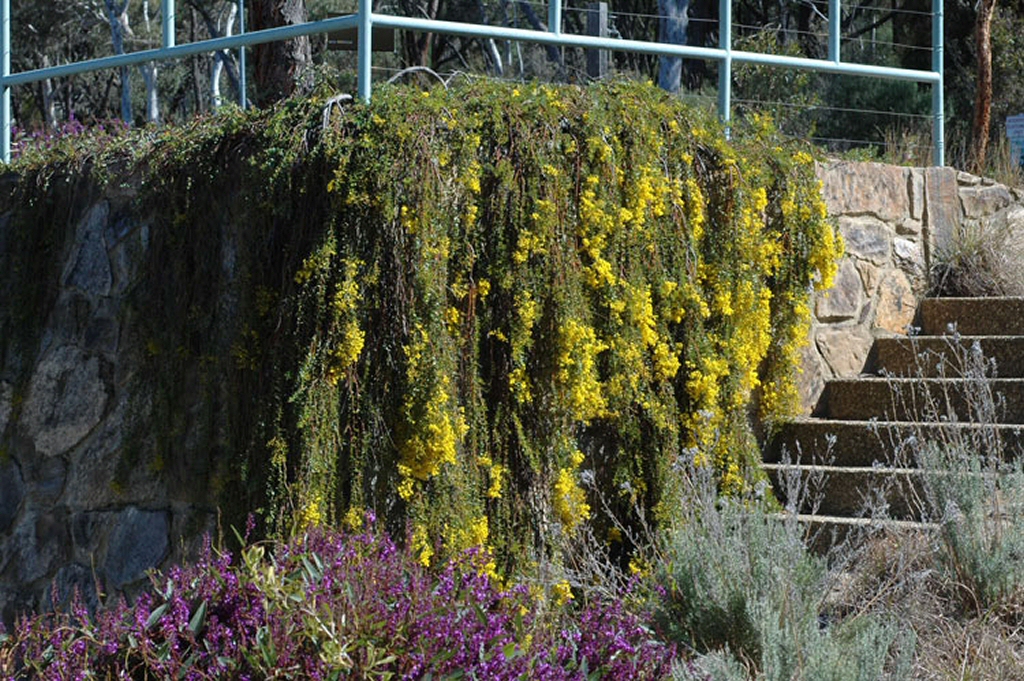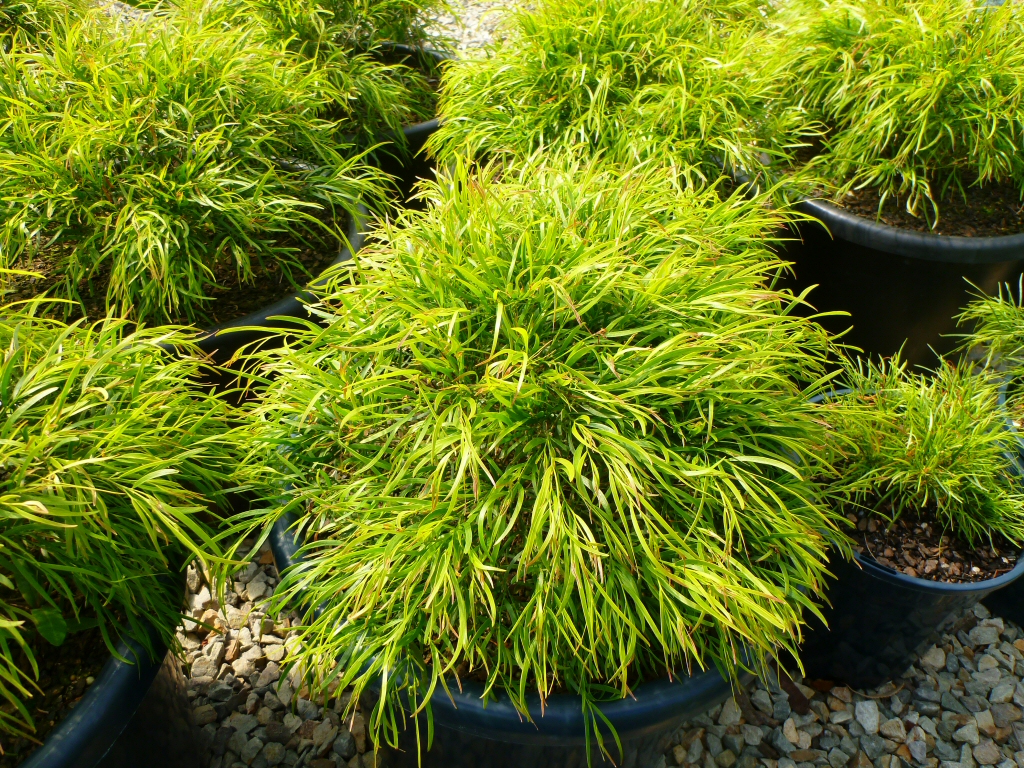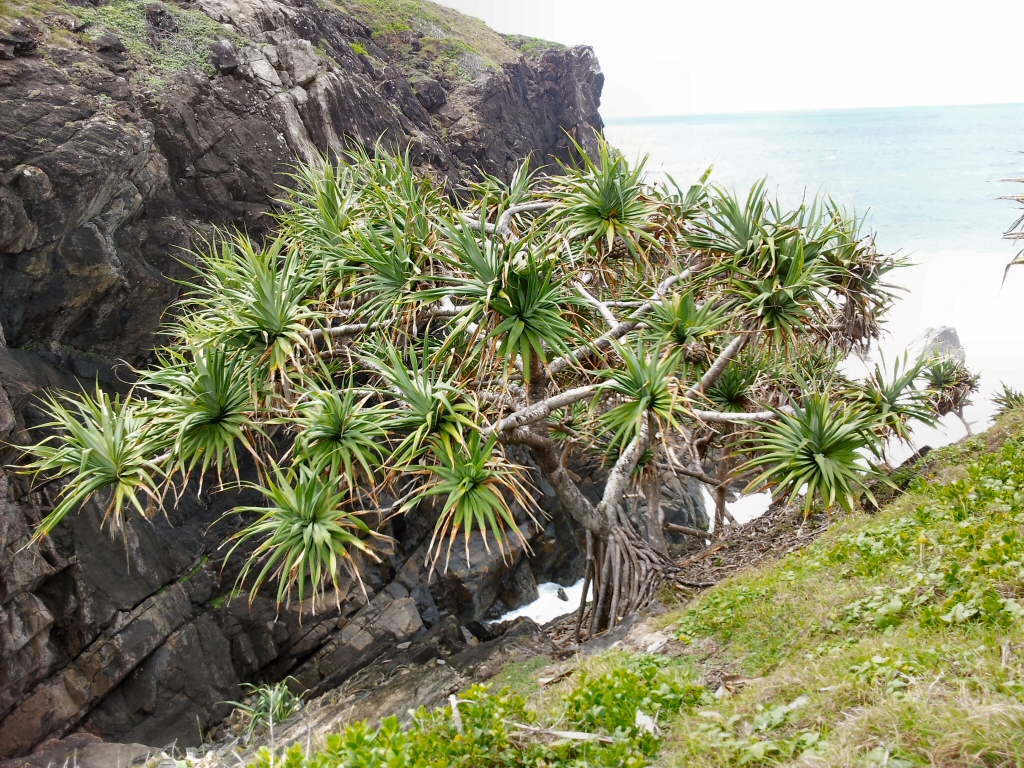CELEBRATE WATTLE DAY – ADD ONE TO YOUR GARDEN
Wattle Day is on September the 1st, and what better plant to choose to usher in spring? With over a thousand different species, coming from every corner of Australia, and from ground cover to tree size, everyone can find one to suit their landscaping needs. Check out our national floral emblem for starters-
Plant breeders have developed our beloved wattle further too, with some gorgeous new varieties that can add a real zing to gardens. Wattles already had a range of different looks, with ferny leaves to big chunky ones, purple to silver foliage, but now there are all different shapes from weeping, cushion shaped, flat groundcovers to dense screening ones and soft whispery ones. There are ones that look great in pots, to ones that perform beautifully as bonsais, to large trees. And while once there were only cream to golden yellow flowers, but there are now red and orange flowered varieties too.
Search my plant database for over 60 different wattles!
NEW RELEASE PLANT
Callistemon ‘Green Envy’ is a fabulous new small shrub from the Bush Magik range of plants. Hardy and low maintenance, adaptable to most soils, with masses of red bottlebrush flowers in autumn. It is a selected dwarf and compact form of Callistemon viminalis- a little beauty!
EXTREME GARDENING #5 !!
Taking a rest from being the gardening version of Bear Grylls, this month we’ll have a look at how nature does extreme gardening without human intervention. Pandanus tectorius is a sight to see on coastal cliffs from the mid north coast of NSW upwards. It is unforgettable seeing these spectacular plants growing happily on a sheer cliff, being pounded by salt laden gales. They have developed the stilt aerial roots to anchor themselves against the rough stuff.
And they have the added bonus of being edible, and useful. The fibrous leaves can be used to make string, thatching, and for weaving into mats and hats. The female plants produce fruit that can be eaten raw or roasted.This is a hardy plant for frost free gardens. Though it naturally grows in very exposed coastal situations, it will grow inland as well.

